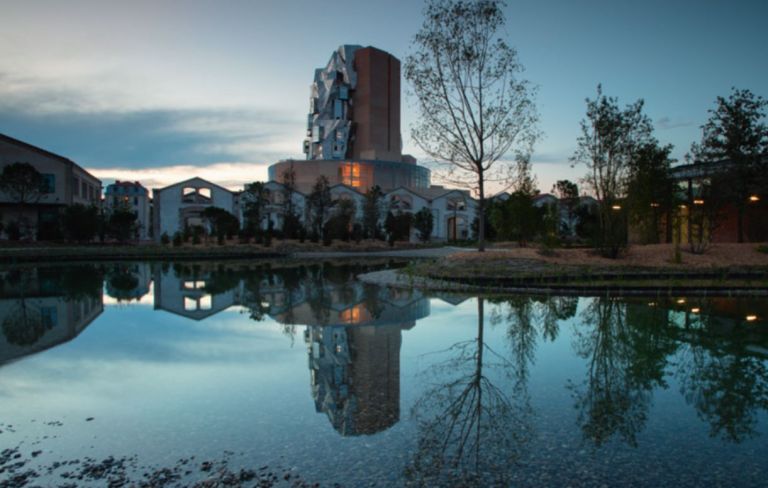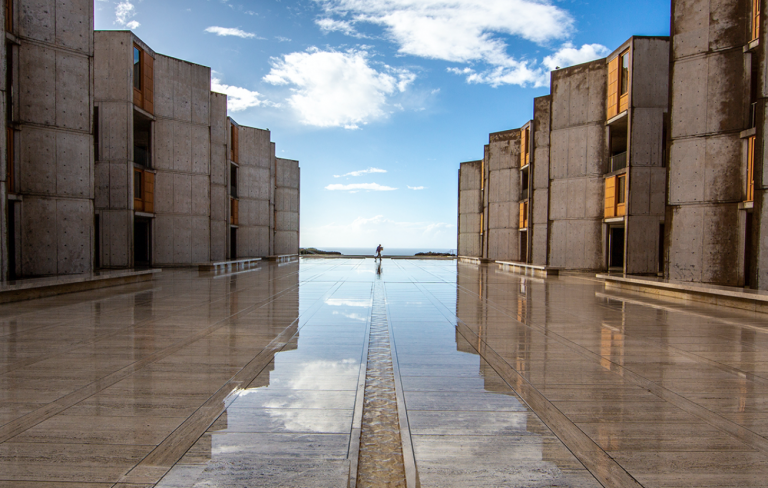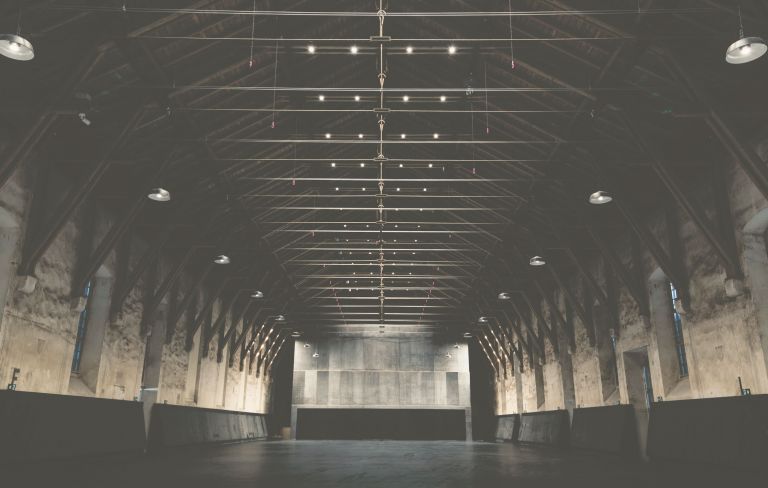Iceland is a wonderful travel destination; and if you love unspoilt, vast landscapes, you should definitely visit this nordic island once in your life. The destination is considered to be heavily visited. So if you just follow the well-known hot spots, you will rarely be alone, not even in the early or late season. Nevertheless, those who travel a little off the beaten track will not be disappointed and will find plenty of secluded spots.
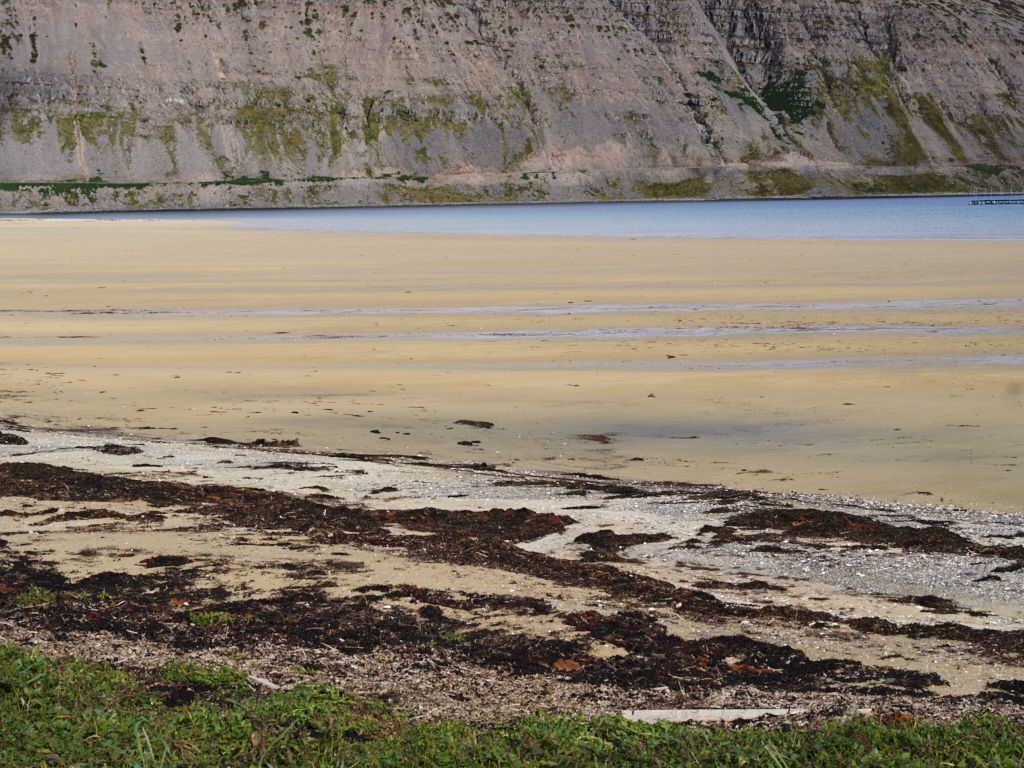
Westfjords; Photo: © Werner Mäder, Uetikon
Iceland is located in the extreme northwest of Europe. According to Wikipedia, the island state is the second largest in Europe after the United Kingdom. The main island is also the largest volcanic island on earth and is located just south of the Arctic Circle.
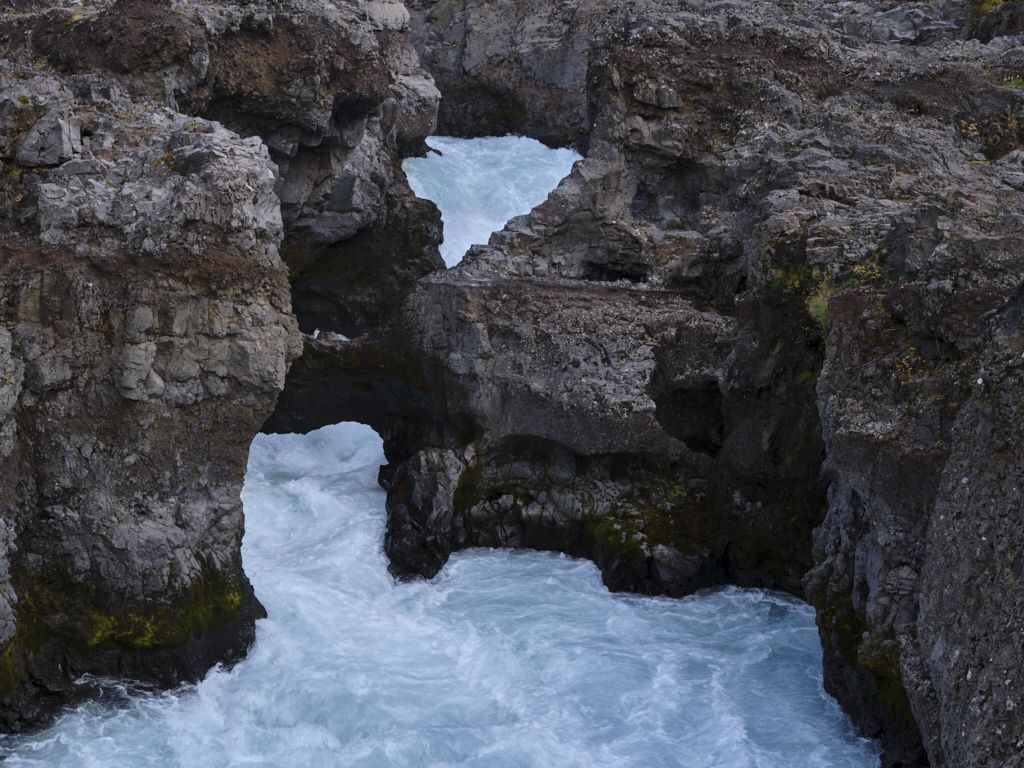
Westfjords; Photo: © Werner Mäder, Uetikon
With just under 400,000 inhabitants and a population density of 3.5 inhabitants per km², Iceland is the most sparsely populated state in Europe and one of the most sparsely populated states in the world. Over 60 percent of Iceland’s population is concentrated in the capital region of Reykjavík. The island was uninhabited until the 9th century, when it was settled by the Vikings.
The magnificent Westfjords
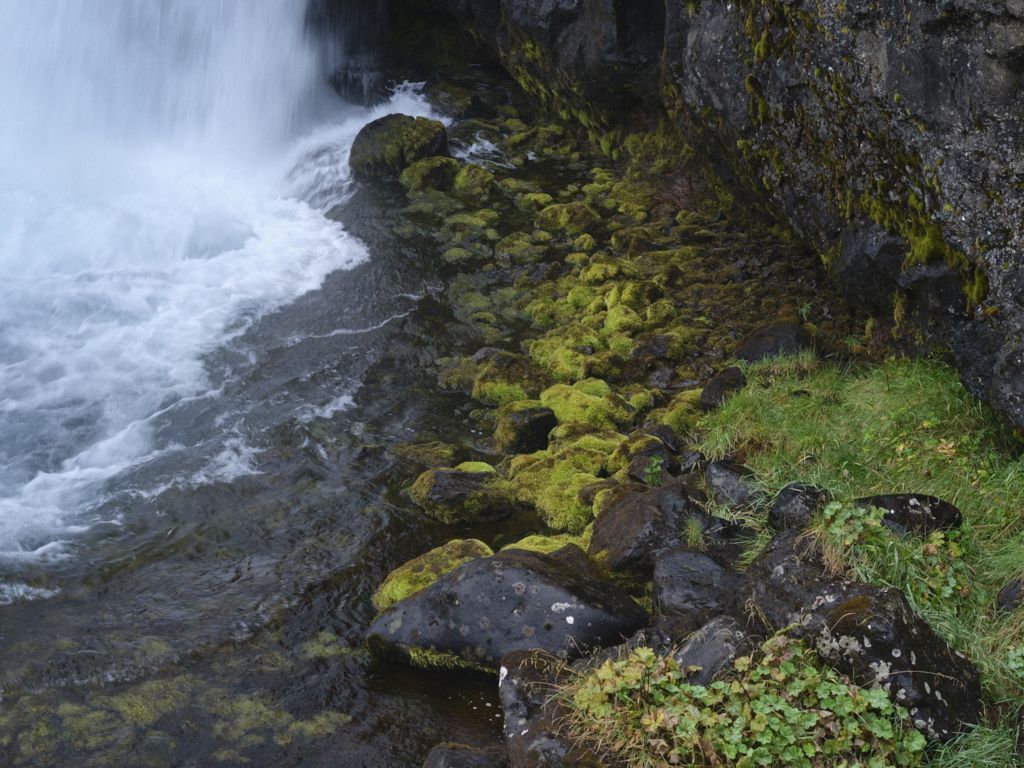
Westfjords; Photo: © Werner Mäder, Uetikon
The travel guide Lonely Planet has recognised the uniqueness of the Westfjords and declared the region No. 1 on its list of the best travel destinations in 2022. It says: “One of Iceland’s best-kept secrets is undoubtedly the northwest corner of the country. The remoteness and sparse population have preserved the unspoiled nature of the Westfjords and the Icelandic folk culture. The Westfjords is where Iceland’s dramatic landscapes reach a captivating climax and where there is still little mass tourism – only about 10% of visitors to Iceland visit this region.” However, as the tourist infrastructure is still poorly developed, early booking of the usually well-occupied accommodations is recommended in any case.
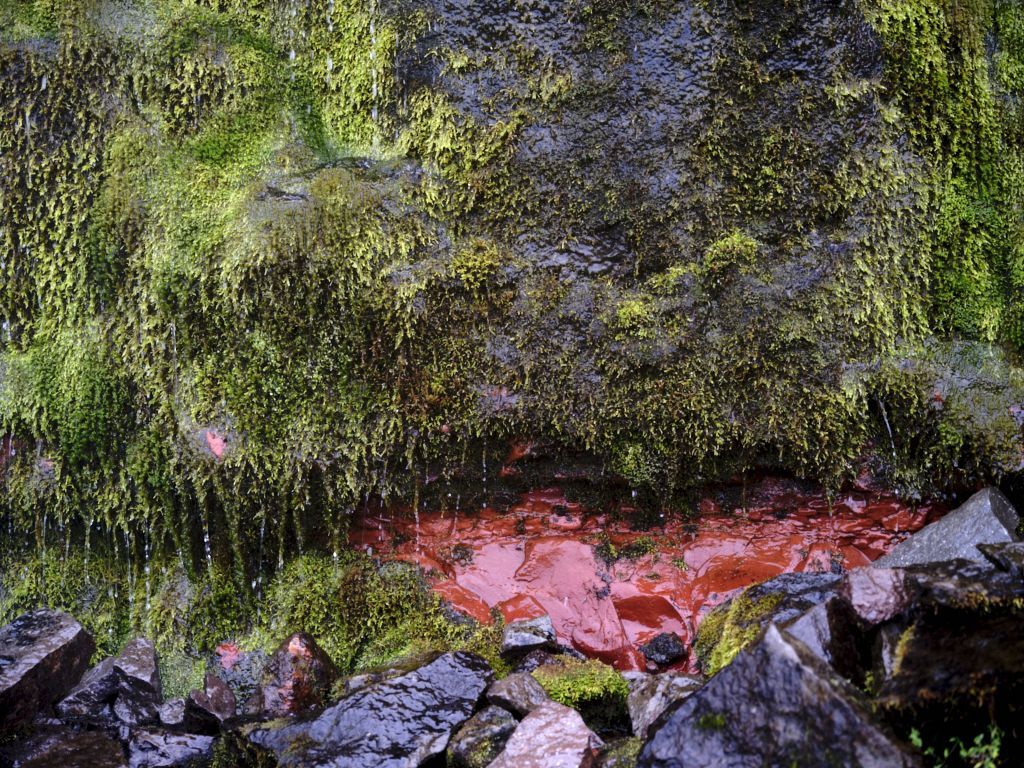
Westfjords; Photo: © Werner Mäder, Uetikon
Tourism in the Westfjords has grown slowly and organically, with sustainability playing an important role. Travel companies in the Westfjords are often run by former farmers or fishermen in family businesses. Thus, young people see opportunities in tourism that allow them to continue to stay in their remote home region. Still, you see many abandoned farms along the way as a sign that economic survival can be very difficult for farmers here and life can be especially difficult in the long, dark winter. Many have therefore moved away because they could not continue to run their farms and jobs in the fishing industry have declined sharply in recent decades.
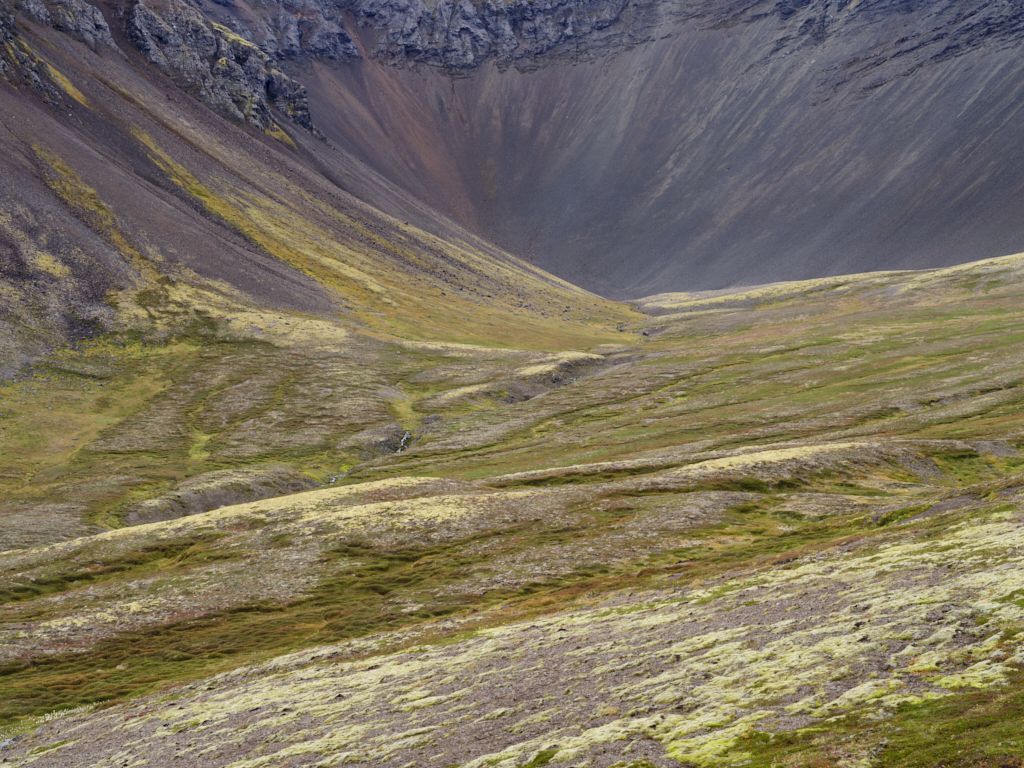
Westfjords; Photo: © Werner Mäder, Uetikon
The “Vestfjarðaleiðin” (Westfjord Route) takes you through a landscape that exists nowhere else in the world, along peaceful coasts, through tunnels of all kinds, on steep, dramatic mountain roads, over tiny, charming bridges and along beaches with sand of all colours. Icelandic nature here is grand and haunting in its own charming and inviting way. The round trip takes you on a mostly well-maintained road 950 km through the rugged and dramatic landscape of the Westfjords – crossing passes on gravel roads and following the fjords worth seeing for long stretches. It is therefore logically very winding and shows again and again what Iceland has to offer off the beaten track.
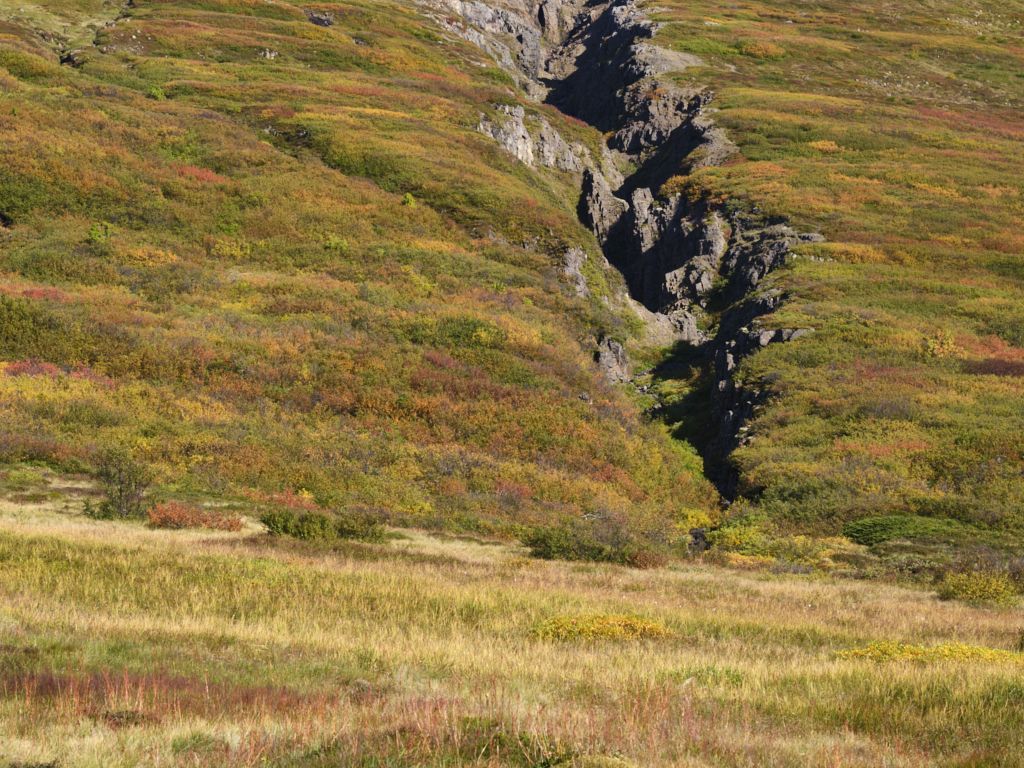
Westfjords; Photo: © Werner Mäder, Uetikon
The author of this article is a member of the editorial team of this magazine. He visited this peninsula with its countless fjords for the second time in early autumn this year and was thrilled – not only by the overwhelming landscapes and volcanic phenomena, but also by the friendliness and helpfulness of the population. The pictures are from this trip.
